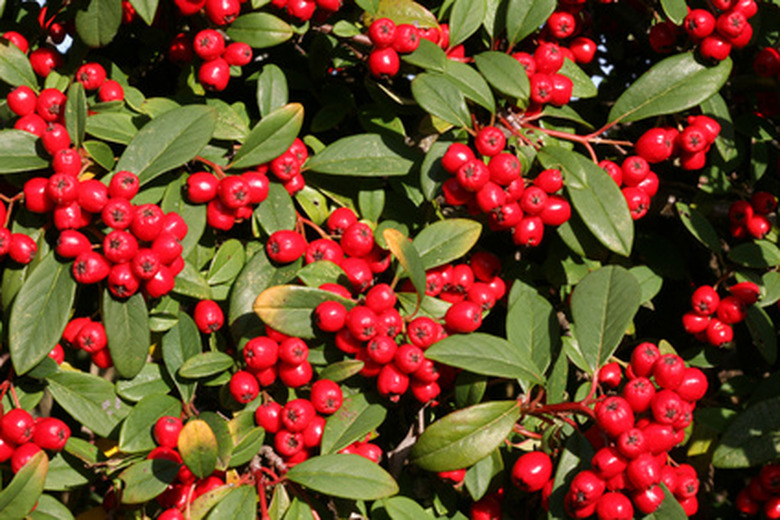Shrubs Native To Northern Minnesota
Northern Minnesota is home to a wide variety of shrubs native to the area. These shrubs have adapted to the cool temperatures of the northern Minnesota climate. Many of the shrubs produce fruit that is eaten by a variety of wildlife, including song birds and deer. Additionally, once these native shrubs are established in the ground, they typically require little or no maintenance.
Winterberry (Berry Nice)
The Berry Nice winterberry shrub is part of the winterberry Holly or Ilex verticillata family, and is native to northern Minnesota. It will grow to be around 7 feet tall, and prefers wet to moist soil, and full to partial sunlight. The Berry Nice is a female version of the winterberry shrub, and is a deciduous plant, meaning that it loses its leaves during the fall. In the winter it produces scarlet red berries, attracting an assortment of wildlife. It also produces small white flowers during May and June.
- Northern Minnesota is home to a wide variety of shrubs native to the area.
- Many of the shrubs produce fruit that is eaten by a variety of wildlife, including song birds and deer.
High-Bush Cranberry
The Viburnum trilobum, or high-bush cranberry, is another shrub native to northern Minnesota. It prefers wet soil, but grows easily in full or partial sun or even shady areas. Like the winterberry, it too can grow to a height of 6 to 10 feet. The high-bush cranberry produces bright red berries, also attracting wildlife. Large, white flowers bloom on this shrub in June, and during the fall, the leaves turn a deep shade of maroon.
Gray Dogwood
The Cornus racemosa, or gray dogwood, is also a shrub native to northern Minnesota. It can grow to an average height of 7 to 10 feet, and does well in a range of sunlight. It prefers moist to dry soil. In June through July, the gray dogwood blooms a small, white flower, and later produces white berries, subtle in color. In the fall, its green stems and leaves turn to a deep shade of red.
- The Viburnum trilobum, or high-bush cranberry, is another shrub native to northern Minnesota.
